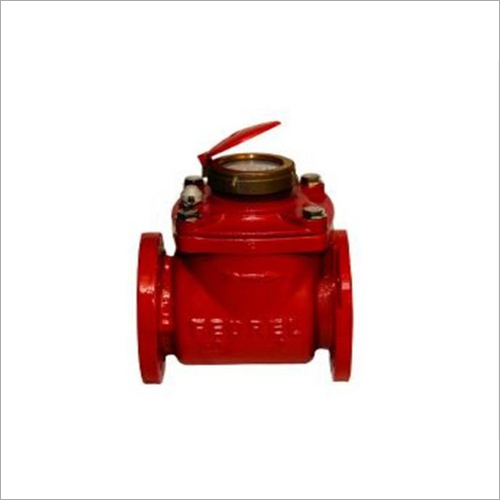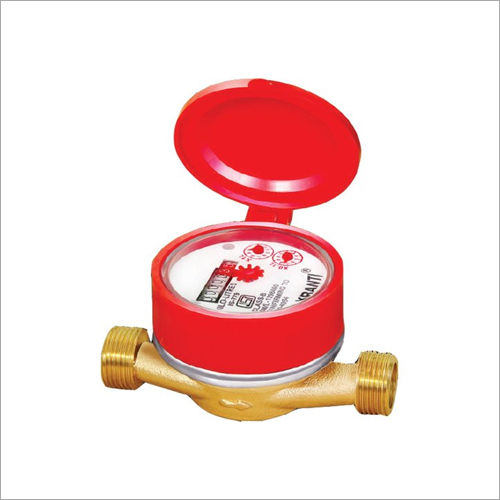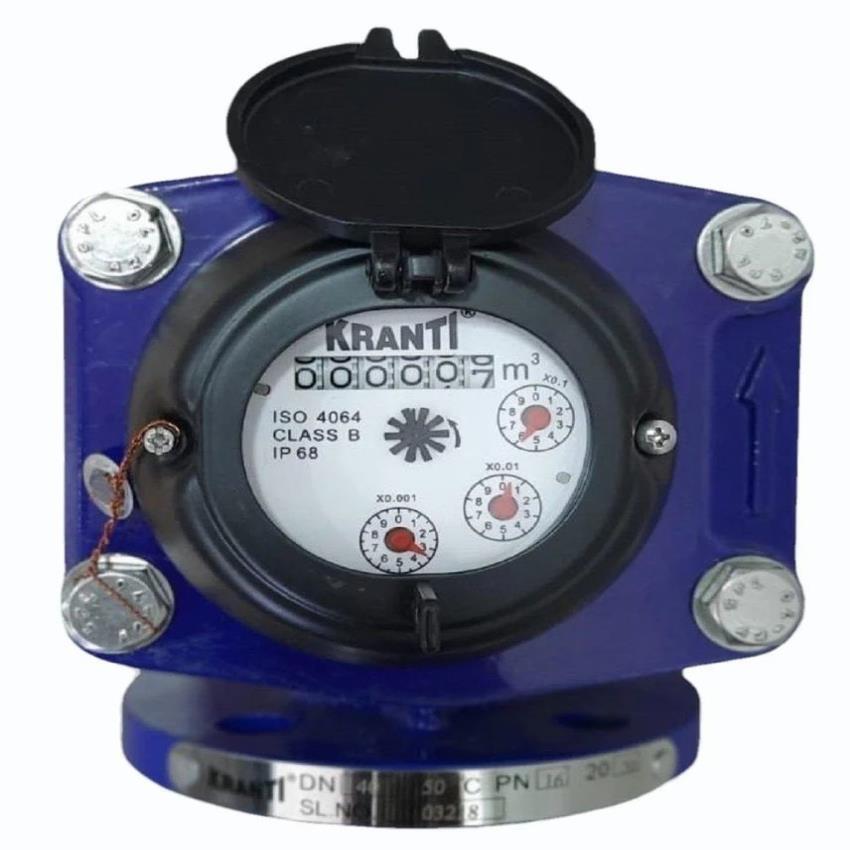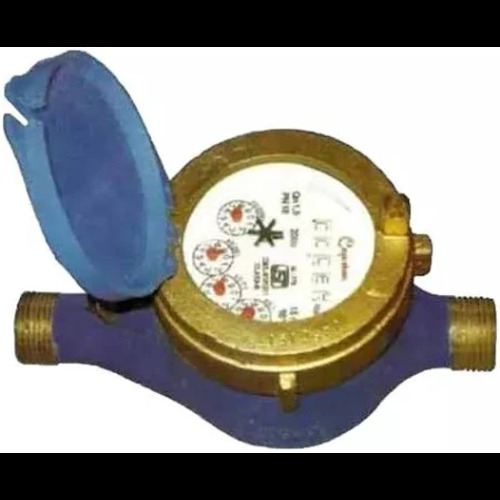Domestic Water Meter Supplier in Gujarat
Price 1370 INR/ Unit
Domestic Water Meter Supplier in Gujarat Specification
- Equipment Type
- Digital Moisture Meter
- Usage
- Industrial
- Size
- Standard Sizes
- Material
- MS
- Power Supply
- Manual
- Display Type
- Analog Only
- Color
- Golden
Domestic Water Meter Supplier in Gujarat Trade Information
- Minimum Order Quantity
- 1 Unit
- Supply Ability
- 1000 Units Per Month
- Delivery Time
- 7 Days
About Domestic Water Meter Supplier in Gujarat
A domestic water meter is a device installed in homes to measure the volume of water used. These meters are usually mechanical (multi-jet or single-jet) or digital (smart meters). Here's what a typical mechanical domestic water meter contains:
Main Components of a Domestic Water Meter
| Component | Function |
|---|---|
| 1. Meter Body | Encases all internal parts; made of brass, plastic, or cast iron |
| 2. Inlet & Outlet Connections | Connects to household water pipes (standard sizes: 15mm, 20mm, etc.) |
| 3. Strainer/Filter | Removes debris to prevent damage to internal parts |
| 4. Measuring Chamber | Where water flow is measured; contains an impeller |
| 5. Impeller (Rotor) | Spins with water flow; its speed correlates with water volume |
| 6. Magnetic Coupling | Transfers impeller motion to the dial register without direct contact |
| 7. Register/Dial | Displays water usage in cubic meters or liters; can be dry or wet type |
| 8. Sealed Transparent Cover | Protects the dial, keeps it readable in all conditions |
| 9. Tamper Seals | Prevent unauthorized opening or tampering |
| 10. Calibration Mechanism (optional) | Allows factory or service calibration for accuracy |
| 11. Pulse Output (optional) | For remote reading, AMR/AMI integration |
Additional Features (Depending on Model)
-
Dry Dial or Wet Dial:
-
Dry dial: Mechanical parts sealed from water, prevents fogging
-
Wet dial: Numbers submerged in water (less common in domestic use)
-
-
Multi-Jet or Single-Jet:
-
Multi-jet: More accurate and durable for domestic use
-
Single-jet: Simpler and cheaper
-
-
Smart Meter Compatibility:
-
Some meters have modules for remote reading, mobile app tracking, or real-time monitoring
-
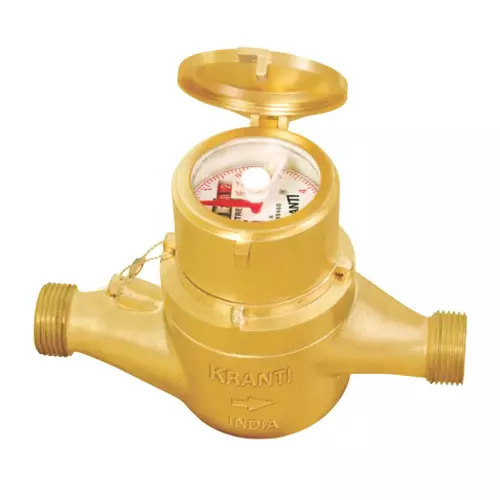

Price:
- 50
- 100
- 200
- 250
- 500
- 1000+
More Products in Water Meter Category
Fedrel Woltman Type Hot Water Meter
Price 8000.0 INR / Unit
Minimum Order Quantity : 10 Units
Display Type : Analog Only
Material : Metal
Usage : Industrial
Size : 40 To 200 MM
Kranti Residential Water Meter
Price 900 INR / Unit
Minimum Order Quantity : 1 Unit
Display Type : Analog Only
Material : Metal
Usage : Industrial
Kranti Make Water Meter Woltman Type
Price 6270.0 INR / Piece
Minimum Order Quantity : 1 Piece
Display Type : Analog Only
Material : Metal
Usage : Industrial
Size : Standard
Capstan Domestic Water Meter Supplier in Vadodara
Price 9990 INR / Unit
Minimum Order Quantity : 1 Unit
Display Type : Analog Only
Material : MS
Usage : Industrial
Size : Standard Sizes
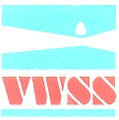
 Send Inquiry
Send Inquiry Send Inquiry
Send Inquiry
